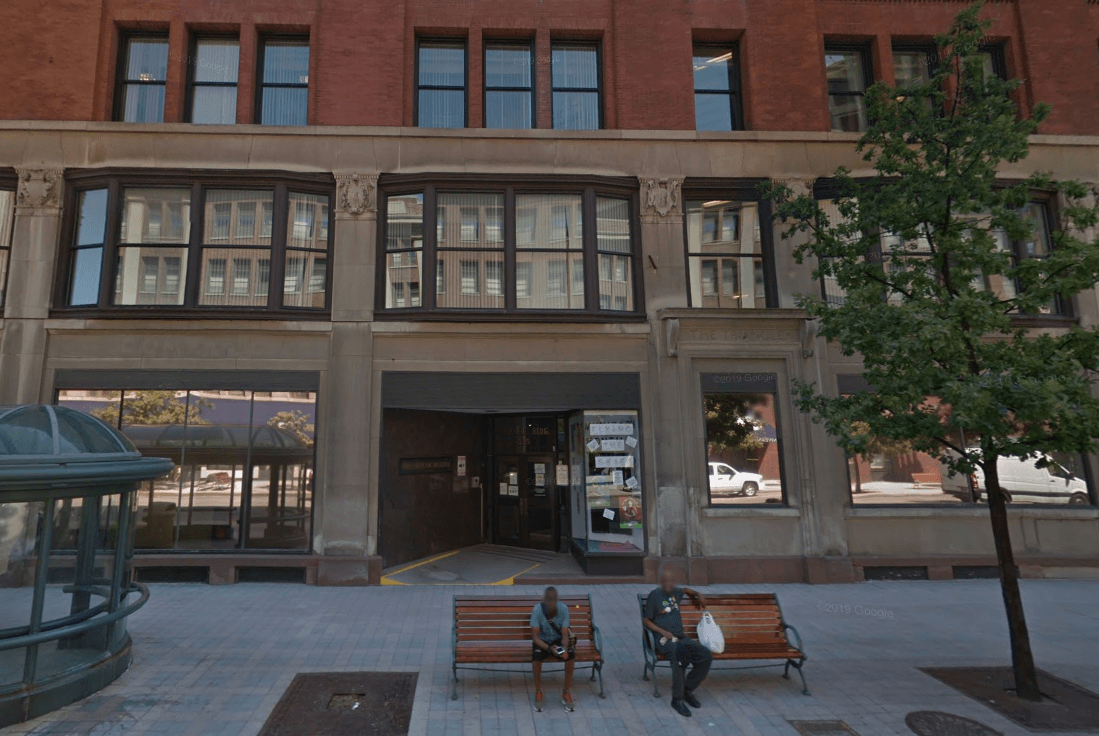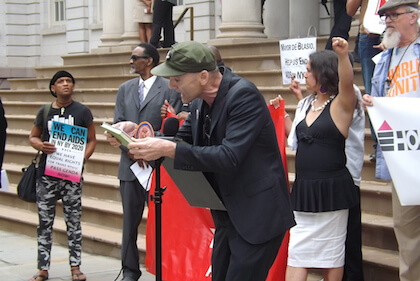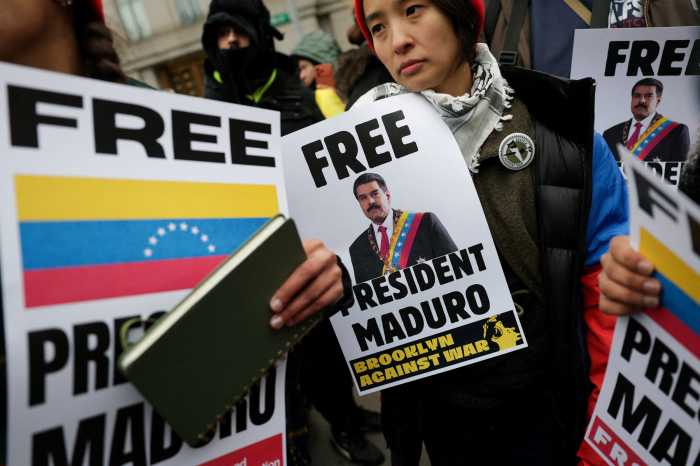The New York State Health Department warned doctors, clinics, and other organizations in Monroe and Erie Counties that it was seeing increases in new HIV diagnoses among young Black men who have sex with men (MSM) and transgender people in those two counties, with most of the new diagnoses occurring in and around Rochester and Buffalo.
“Among the new diagnoses from the Buffalo Region in past 18 months, there was an increased proportion of young (below the age of 25), non-Hispanic Black individuals and those who report a history of MSM,” an August 30 state health department advisory said. “Of the total new diagnoses, approximately 37 percent were below 25 years of age, 69 percent reported history of MSM sexual contact (sic), and 47 percent were non-Hispanic Black individuals.”
New HIV diagnoses in Buffalo went from 68 in 2018 to 79 in 2019, and 104 in 2020. New diagnoses in Rochester went from 66 in 2018 to 61 in 2019 to 79 in 2020.
Among all new diagnoses in Rochester, “approximately 26 percent were among individuals below 25 years of age, 54 percent reported history of MSM (sic) and 45 percent were non-Hispanic Black individuals,” the advisory said. The state health department noted earlier increases in new HIV diagnoses in Monroe County in an October 2020 advisory.
Among transgender people living in both counties, a “total of 13 individuals of transgender experience were diagnosed in the past 18 months across both regions, compared to only one in the 18 months prior to the increases,” the advisory said.
The individuals who were newly diagnosed reported having “condomless sex, sex with an anonymous partner, and sex while intoxicated and/or high on drugs,” the advisory said. There is a large body of science that correlates alcohol and drug use with a higher risk for acquiring HIV.
There have been upticks in gonorrhea and syphilis in both counties that prompted the state health department to issue three advisories in the 18 months prior to the release of the August 30 advisory. Sexually transmitted infections make it easier for HIV to be transmitted.
“There has been an increase in new HIV diagnoses concurrent with gonorrhea and syphilis diagnoses, as well as sexually transmitted infection (STI) diagnoses among persons living with diagnosed HIV, over the [prior 18 months],” the advisory said.
While the numbers are small, the percent increases are large — and most importantly, each new diagnosis was preventable.
The advisory listed a number of steps the county health departments could take to stop new HIV infections, including getting more at-risk people on pre-exposure prophylaxis (PrEP), which gives anti-HIV drugs to HIV-negative people to prevent HIV infection, and post-exposure prophylaxis (PEP), which gives anti-HIV drugs to HIV-negative people with a recent exposure to the virus to keep them from becoming infected. Both drug regimens are highly effective at preventing HIV infection when used correctly. Treating HIV-positive people keeps them healthy and reduces the amount of virus in their bodies to the point that they cannot infect others.
The state health department also recommended increased HIV testing.
“In 2021 so far, contractors receiving [state health department] funds for targeted testing have provided HIV testing to just 8 and 34 Black MSM across the entire Western and Finger Lakes…regions, respectively,” the advisory said. “In comparison, such providers tested 115 Black MSM on average in 2017-2019 in each region. [P]roviders in these communities are hereby directed to use [state health department] funds to increase outreach to Black MSM and their social networks, for the purposes of providing HIV testing, PrEP, and other needed services to interrupt transmission.”
It does not appear that there are similar outbreaks elsewhere in the state. A state health department spokesperson told Gay City News that no such advisories have been issued in other regions of New York.
The New York City Department of Health and Mental Hygiene declined to release any data on new diagnoses in advance of its December release of its HIV Surveillance Annual Report for 2020.
There is a long history of the needs of Black gay and bisexual men being underfunded and largely unaddressed in New York and New York City.
“I think we, the Black gay community, should put our energies where the fire is at and the fire is in upstate New York,” said Gary English, who once ran People of Color in Crisis, an HIV prevention group in Brooklyn, and has been advocating for increased funding for prevention efforts targeting Black gay men for years. “The state health department needs to know that Black gay men are watching this go down and it’s not going to go down without people noticing.”



































